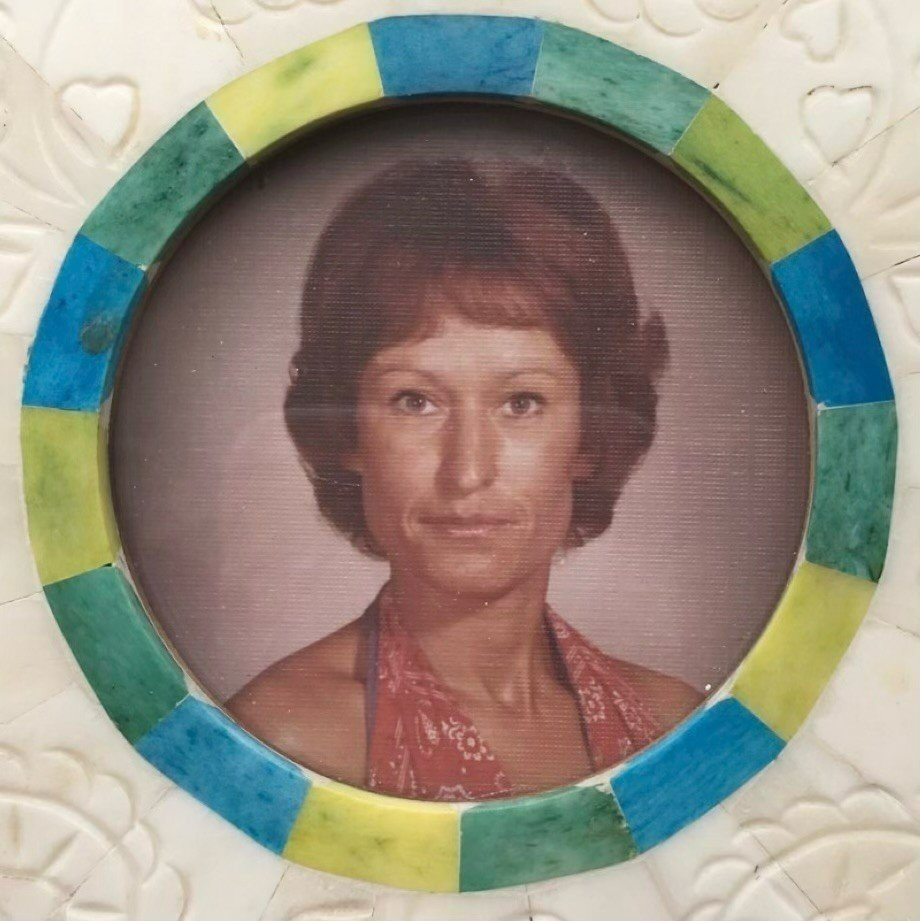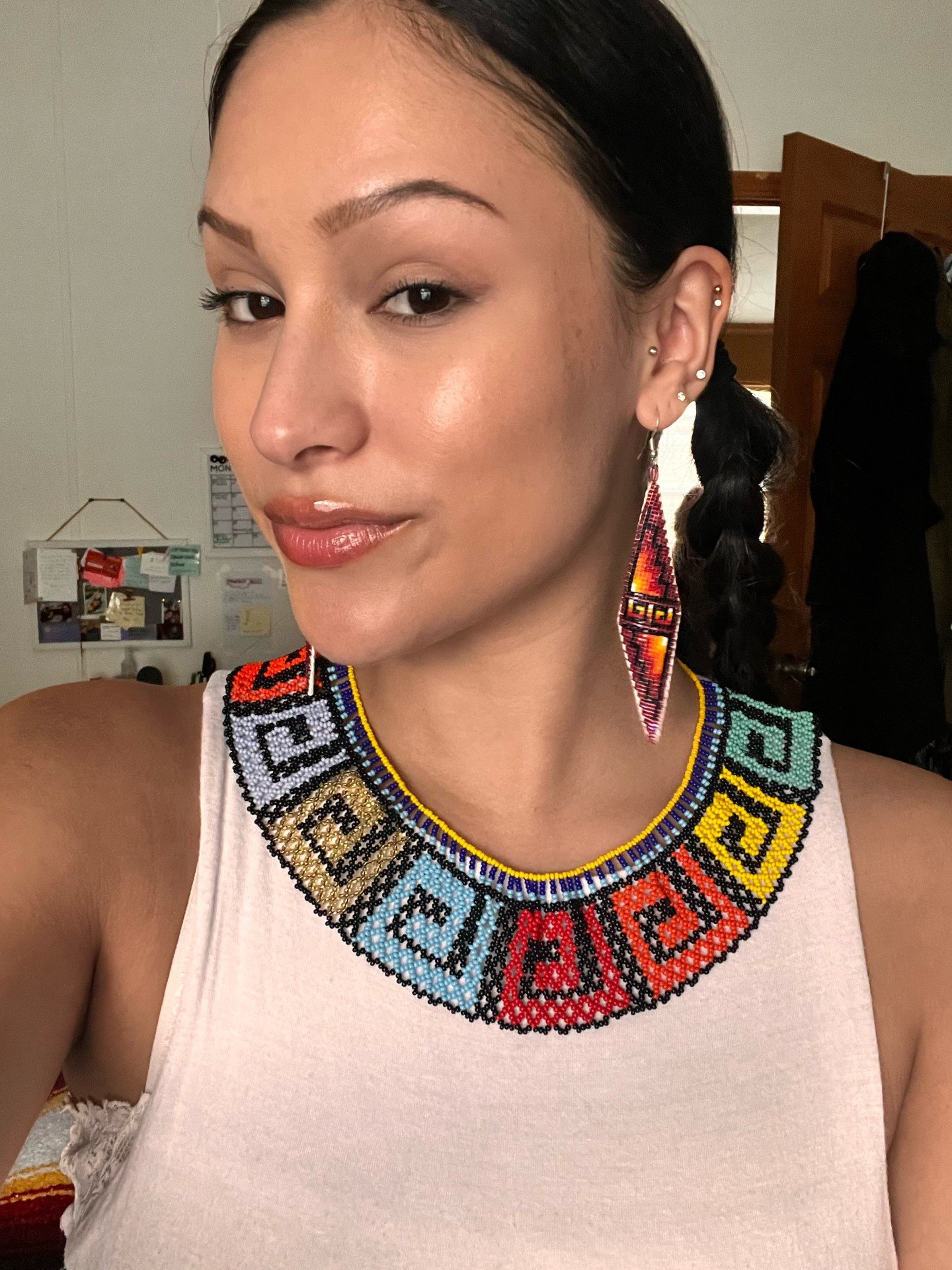America’s Shame: The Silent Tragedy of Indigenous Women
By Brooke Manuel, Skyline Editor
Mika Josephine Westwolf
ALPINE - Mika Josephine Westwolf, Josefina Mojica Gonzales and Georginda Pierce. These are the names of just three out of the 1.5 million American Indian and Alaska Native women who have experienced violence in their lifetime.
In the early morning hours of March 31, 2023, Mika Josephine Westwolf, a 22-year-old Indigenous woman who was Diné, Cree, Klamath and a member of the Blackfeet Tribe, was struck and killed by a Cadillac Escalade while she was walking alongside U.S. Highway 93 just North of Arlee, Montana.
There were no signs showing that the driver of the vehicle had braked or tried to swerve out of the way to avoid hitting Westwolf, and the driver did not stop to render aide.
The Montana Highway Patrol’s report states that an unnamed 28-year-old woman was the driver and that she had a two-year-old boy and a four-year-old girl in the car with her.
Later that day, a 28-year-old woman named Sunny White, who owns a Cadillac Escalade and has a two-year-old son and a four-year-old daughter, was arrested on suspicion of a DUI but was released shortly after due to insufficient evidence. White is a suspected white nationalist whose children are reportedly named “Aryan” and ‘Nation.”
Toxicology reports were done on both Westwolf and White. It is illegal under Montana law to walk on the side of the highway while intoxicated, and although Westwolf’s toxicology report has not been finalized, police are counting on it coming back positive for alcohol. Westwolf’s family say they believe law enforcement will use that as a way to pin fault on Westwolf.
At time of publication, White does not seem to be facing any charges in relation to Westwolf’s death.
Westwolf’s case typifies one kind of violence to which Indigenous women are so disproportionately subjected. Hate crimes like that allegedly committed by White are all too common and statistics show that Indigenous women are often the victims. In this three-part series, the Skyline aims to bring awareness to the crisis that Indigenous women are currently facing.


In July of 1987, Josefina Mojica Gonzales went missing after leaving her home in Crystal City, Texas. At the time of Josefina’s disappearance, the police said that Josefina’s last words were that she would return home soon, but the police did not specify to whom those last words were spoken.
Josefina’s case was never solved, and her body was never found, leaving her family with many unanswered questions.
“Since I was a little niña, it’s like I’ve always felt this hole…The ancestors have lost her. She has not found her way home. I want her to find her way home,” Jacquelyn Mojica, Josefina’s 23-year-old granddaughter, said.
The police allegedly looked through cement barrels, dumpsters and ditches in search of Josefina’s body, but she was never found.
“They checked in the surrounding area, but they didn’t really expand, and they didn’t really look for long in my mother’s opinion…Nobody cared. It meant nothing, and to us, it meant everything,” Mojica said.
Mojica alleged that cases of violence against Indigenous women are not given the same priority as those of white women.
“Let’s say you have a blond hair, blue-eyed woman and an Indigenous woman [that are murdered]…The blonde hair, blue-eyed woman, she goes on the news, everyone hears about it, the whole world stops and pays their respects, and that’s that. But an Indigenous woman, you don’t even hear about it,” Mojica said.
The way that Josefina’s case was handled is typical of MMIW cases, and it signifies one of the barriers to justice that Native American women so commonly face.
Georginda Pierce
July 23, 2021, is the day that the life of Georginda Pierce, a 38-year-old Navajo woman who lives in Farmington, New Mexico, changed forever.
On that day, her abuser stabbed her in the face leaving her with a gaping hole and paralyzing a section of her face.
“It’s amazing how you really don’t know anybody…because not even three months since we’d officially been a couple, he stabbed me in my face,” Pierce said.
Pierce’s abuser fled Aztec, New Mexico, where the stabbing occurred, to a reservation in Arizona as he is also Navajo. The crime was committed off the reservation, so tribal police had no jurisdiction, a common barrier to prosecution in these cases. Further, the Aztec police department could not go onto the reservation to find Pierce’s abuser.
Pierce’s case typifies the kinds of violence Native American women face, both at the hands of their own people and non-Natives and illustrates how tricky jurisdiction can get when local police, tribal police and the FBI are involved.
Indigenous women have faced a crisis of violence for centuries now. According to crime statistics, more than one-half of the total population of Indigenous women have been sexually assaulted, more than half of the population has been subjected to domestic abuse, and in comparison to all other ethnicities, Indigenous women are ten times more likely to be murdered.
Brooke Manuel is a McNair Scholar and the editor of the Skyline.

